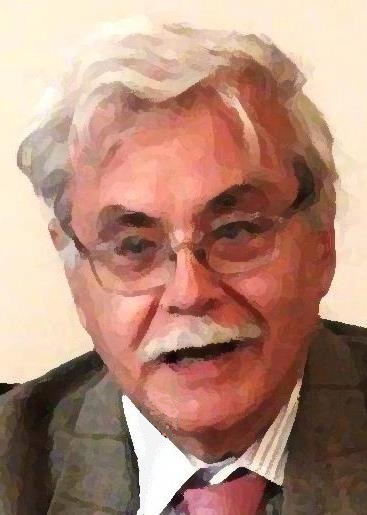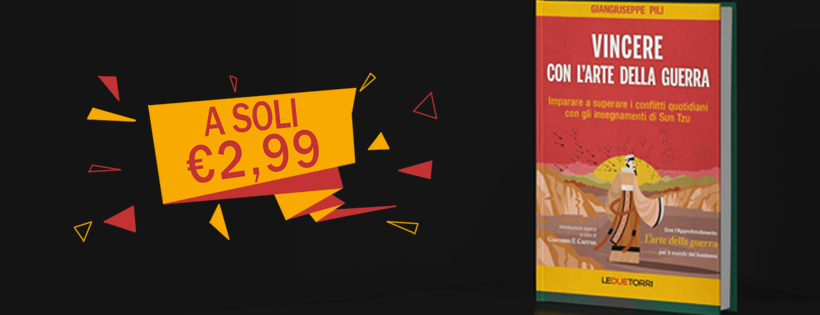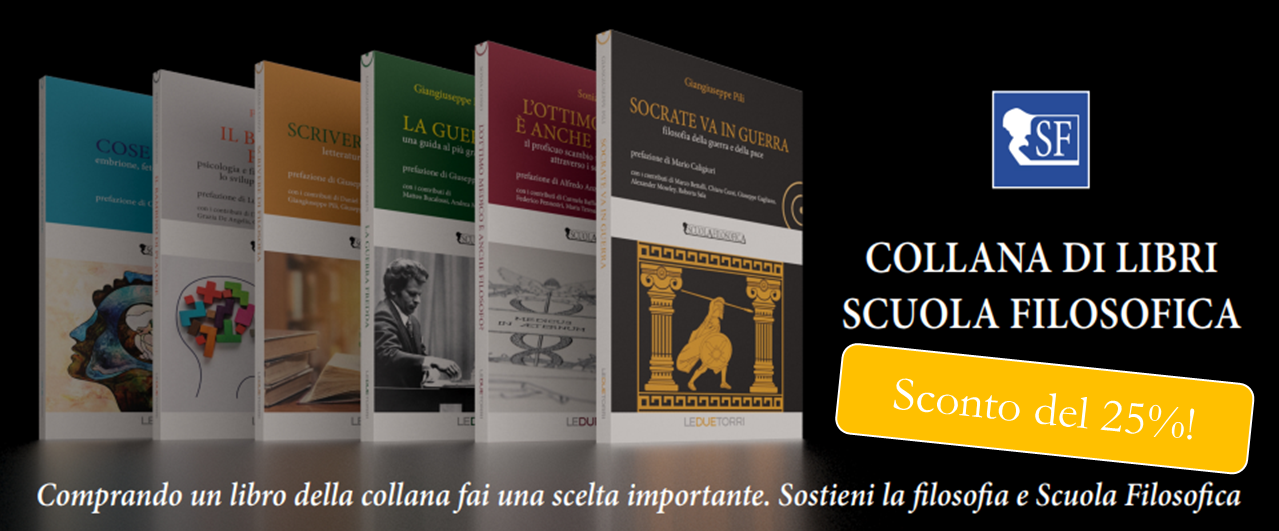
It is not merely a service to the beloved Italian Society of Military History. It is not only an interview with a friend. It is a pleasure and an honor to bring the Italian Society of Military History to international readers. I was enrolled (a term that Virgilio will love) to SISM after the suggestion of a colleague of mine. It was already 2014 when I was almost publishing my crazy extended monograph on the philosophy of war (2015), which is now in the magnificent Ilari’s library, which is an institution itself. Indeed, Virgilio managed to collect more than 20.000 books on military history, intelligence, war… and what else? I see just a piece of it. A daunting but rewarding experience that always reminds you of how much was written in the past. Thanks to the Italian Society of Military History, I had the unique opportunity to be part of a super-active Italian society in which I met interesting people. I consider friends at least five members of the SISM now, Virgilio of course stands in a different podium! During these years, I published two book chapters in the SISM annual publications, I attended conferences and book launches. For all these reasons and more that is not the place to explore, I’m grateful to Virgilio for having found the time to be part of the series of interviews “Intelligence & Interview”. Then, it is with my distinct pleasure to publish the interview on Scuola Filosofica – for those who don’t know it yet, is one of the leading philosophical blogs in Italy. In the name of Scuola Filosofica Team, our readers, and myself, Giangiuseppe Pili, Virgilio: thank you!
1. Professor Virgilio Ilari, let’s start from the basics. How would you like to present yourself to the International readers and Philosophical School (Scuola Filosofica)?
I am a historian of legal education, temperamentally refractory to academic affiliations and parochial hierarchies, self-taught and eclectic, but who recognizes the deep influence of Santo Mazzarino and Hayden White. I am also a faithful infantryman, a former professor, a free thinker, a poor Christian ‘cafone’, and therefore a one-man army, who struggles to understand how he can continue to usefully serve his country and his neighbor despite the collapse of all the institutions to which he was sworn in.
2. You are the president of the Italian Society of Military History (Società Italiana di Storia Militare – SISM). I never told you but when I said I was “member of SISM” to some Italians, they asked me if I was a secret agent (sic!). Are we secret agents? Can you explain why there is this funny misunderstanding? Knowing how an institution was established in the first place, its developments, and history gives a significant glance to the institution itself. As a fervent admirer of “Storia della guerra civile americana” (History of the American Civil War), can you talk a bit about our great founder, Raimondo Luraghi?
The funny joke derives from the past name of the Italian Barbouzes – Servizio Informazioni e Sicurezza Militare (SISMi), now AISE (Agenzia Informazioni e Sicurezza Esterna). Our original name was Società di Storia Militare (SSM) chosen in 1984 by our Founder and First President Raimondo Luraghi in reference to the American SMH. “Italian” was added in 2000 on the proposal of President Meccariello. Incidentally, I consider Marinai del Sud (History of the Confederate Navy) and La Spada e le Magnolie (A picture of the Southern society) the true Luraghi’s masterpieces. In 2013 we honored his memory by dedicating the first of the new series of ‘Quaderni’ (American Legacy) to him.
3. Very briefly, what is the main SISM history timeline? What is the SISM’ mission? How would you describe your long-lasting work during your SISM’s presidency? What are the main areas, topics, and themes explored by SISM and how does it do it?
The SISM, which I helped founded, was part of a larger institutional project, at the time led by Colonel and, then General, Carlo Jean, which proposed to overcome both the self-referential parochialism of military culture, and the anti-militarism and anti-patriotism then prevalent in Italian Catholic and Communist ‘intelligentsia’, to create a national and by-partisan strategic and geopolitical culture, strengthening Italy’s weight and authority in the international community. This project collapsed with the traumatic end of the First Republic (1992/93). Paradoxically, once national politics was criminalized and repudiated, both academic and popular culture rediscovered the charm of the uniform, and strategy, geopolitics and military history became fashionable. However, as there was no longer a “Prince” (a State, or at least a Party) to which refer all that, this happened according to Gresham’s law, practically worsening the cultural level of universities, publishing, media, intelligence and staffs, cutting it from the international community. Willing to react, in 2010 I abandoned university teaching, already then become desperately useless, and I dedicated myself to rebuild the SISM, making it the instrument of a radical historical-critical renewal of Italian studies in strategy, geopolitics and intelligence. With over 480 members, and entirely self-financed by annual fees of 25 euros, SISM is an absolutely self-sufficient non-profit cultural association and therefore free from any conditioning.
4. SISM publishes a series of “Quaderni”, which are extended collective monographs on the topic of great importance (more than 700 pages per average) with esteemed colleagues and members. What is the rationale of this series of publications? What are the other (impressive) channels that SISM uses to spread the knowledge of military history?
Since 2013 SISM has published yearly eight large collective monographs (Quaderni) with more than 300 articles and 5,000 pages, on topics completely ignored in Italy (such as the critical history of military futurology or economic warfare) or revised with original approaches (Naval History, War Films, Military Geography) and on the way in which post-1763 Italian history was conditioned by the global collision of Empires (as the American Intervention in the First World War and the long lasting preemptive war of the Western Seaborne Empires against the Eurasian ones). The aim is to help interpret the conflicts of our time and the current situation of Italy in a global and long-lasting perspective. We conceive history not as otium, entertainment or mere erudition, but as a civic service and the only key, along with the tragedy, to understand the present and reaching a relative freedom from the weight of the past.
We have also a long-lasting close collaboration with Limes directed by Lucio Caracciolo, the most authoritative Italian geopolitical monthly journal, founded in 1993, and widely read in the international community. Numerous members of SISM also write on the quarterly Gnosis directed by General Gianfranco Linzi, the only publication issued by the Italian intelligence (who, unlike the colleagues, prefers to stick strictly to the old motto “silendo”).
6. Recently, many international friends asked about NAM – the new SISM’s peer-review and international journal. What can you say about it?
Since 2020 SISM has raised the bar by launching an international academic journal (Nuova Antologia Militare, NAM) which in the first year published 4 numbers with 40 articles (in Italian, English, French or Spanish) and 35 book reviews in open access for over 1,500 pages. More than two thirds of articles comes from other countries of from Italian émigrés. Among the issues scheduled for next year, we’ll publish one on the history of intelligence: all but one contributors of this issue are foreigners (and the only Italian is an émigré). The three advisory bodies of NAM (Scientific Council, Advisory Board on Strategy and Geopolitics and Thematic Consultants) number over 50 people, half of whom are foreigners. We had particular support from prof. Jeremy Black, one of the most famous and certainly the most prolific contemporary military historian. We also have a sort of cadet corps made up of students from the universities of Padua and Bologna who have self-organized themselves to compensate for the general lack of true military history courses in the Italian universities.
7. How can our readers follow you and SISM?
On our website, www.nam-sism.org. I share also my works on academia.edu, researchate.org and openlibrary.
8. Five keywords that represent you?
Three enough: Lion in winter.




Be First to Comment